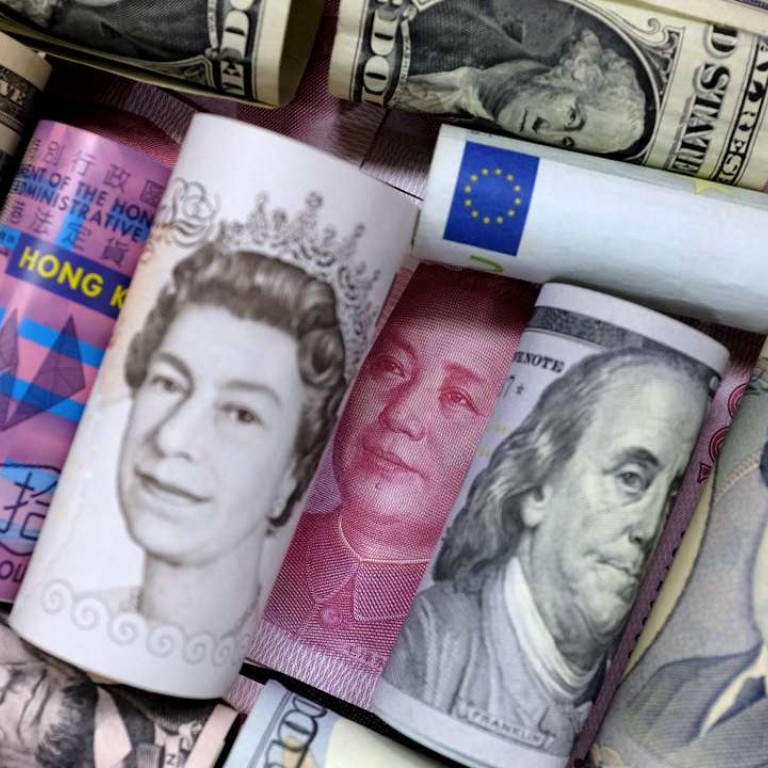
Yuan falls four straight days as Tobin Tax not ruled out
The yuan fell against the US dollar for four days in a row on Wednesday after Chinese officials didn’t rule out using the Tobin Tax -- a way of levying currency conversions -- to combat speculative trade.
The offshore yuan fell to one-week-low of 6.4984 to the greenback on Wednesday morning , down 0.09 per cent from Tuesday when it dropped 0.15 per cent. The currency has fallen 0.54 per cent in the three trading day s of the current week. It bounced back to 6.4958 as of 1pm but remained down 0.04 per cent.
The weakening follows comments from Wang Yungui of China’s State Administration of Foreign Exchange that a Tobin tax on short-term capital flows remained an option.
Innes said traders’ focus on Wednesday remained on the Brussels terrorist attacks the day before.
“While the news will likely have limited short-term impact on the foreign exchange markets, traders were busy overnight digesting this tragic event,” Innes said.
The attacks led a wave of buying in US dollar Treasury, gold and yen on Tuesday but their gain reversed quickly on Wednesday.
The exchange rates for the dollar against the yen and the Australian dollar against the American currency have since rebounded sharply with gold and US Treasuries reversing earlier gains, Innes said.
The British pound continues to trade weakly after the Brussels attacks, which were seen as increasing the likelihood that Britons will vote to leave the European Union at a referendum later this year.
The People’s Bank of China on Wednesday fixed the reference rate of the yuan at 6.4936 to the US dollar, stronger by 35 basis points, after setting the rate weaker over the previous two days. Dealers could trade up to two per cent in each direction of the mid price.
Onshore yuan also dropped for three consecutive days to trade at lowest level in one week at 6.4948 on Wednesday morning, down 0.11 per cent from Tuesday. It bounced back to 6.4923 at 1pm but remained down 0.08 per cent.
The yuan’s fall this week was a reversal from Friday when offshore yuan jumped to a four-month high and onshore yuan rose to the most in three months after the US Federal Reserve decided to keep interest rates unchanged and slow rate rises this year.
That news led to a fall in the US dollar of one to two per cent against most currencies last week. The greenback however rebounded this week as traders bought the currency to wind up their position before the Easter break.
The Hong Kong dollar edged down 0.04 per cent to 7.7557 at 1pm against the US currency on Wednesday.
The People’s Bank of China set the yuan mid price to the euro at 7.2843, stronger by 121 basis points, to per 100 yen at 5.7853, stronger by 110 basis points. and to the pound at 9.2312, stronger by 1,019 basis points.

